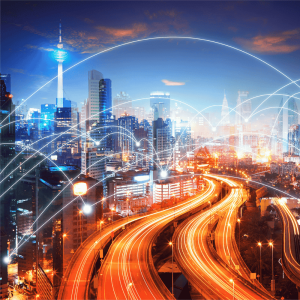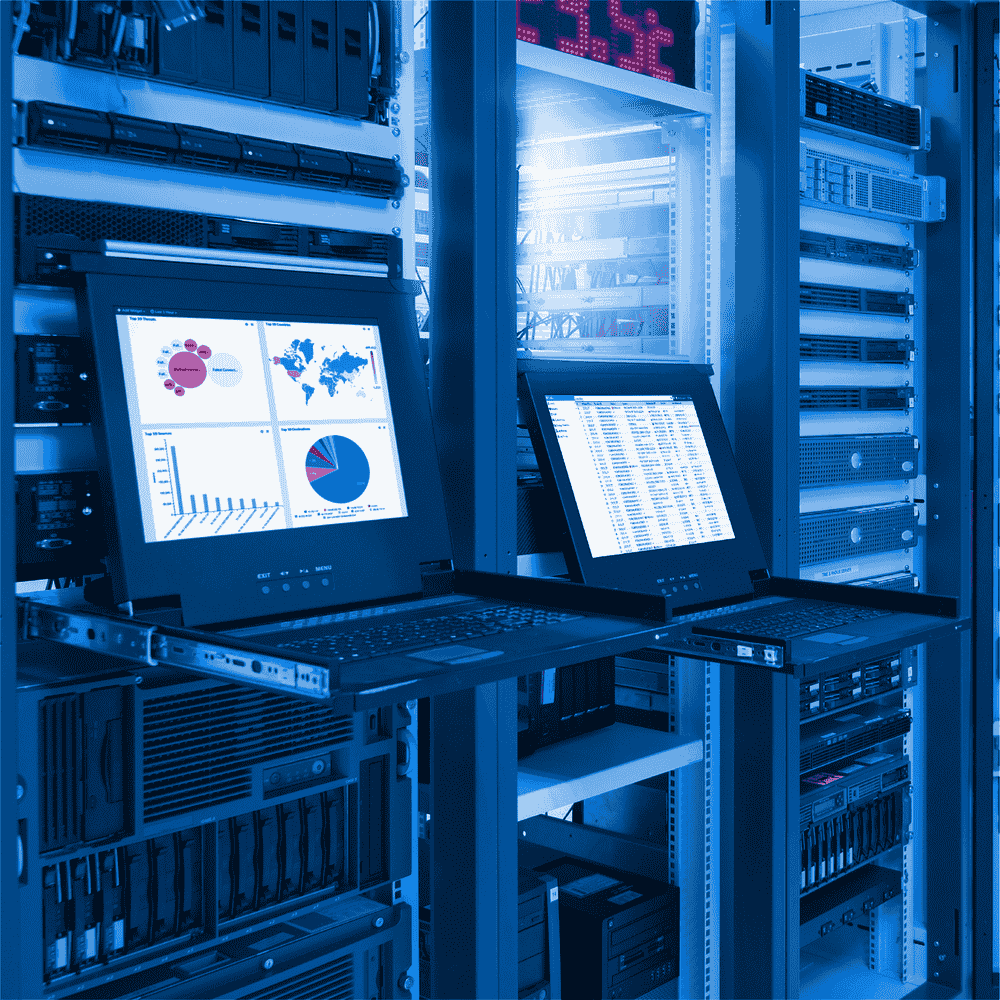Global Fiber Optic Market and Growth Forecasts: The Communication Infrastructure of the Future
Fiber optic technology provides high-speed data transmission, low latency, and wide bandwidth, forming the basis of modern communications infrastructure. With the rapid spread of technologies such as 5G, the Internet of Things (IoT), cloud computing, and big data, the importance of the fiber optic market is increasing day by day. So, how is the global fiber optic market shaping up and what are the future growth forecasts?
Global Fiber Optic Market Status
In recent years, there has been a significant increase in the demand for fiber optic cables. The growth in applications such as high-speed internet, data center connections, telecommunications infrastructures, and cloud services has fueled the demand for fiber optic technologies. As digitalization accelerates around the world, fiber optic cabling solutions are becoming increasingly critical.
The COVID-19 pandemic in 2020 and 2021 increased the demand for digital solutions such as remote working and education. This has further accelerated fiber optic infrastructure investments. The rapid growth of the fiber optic market has led to increased investments in broadband infrastructure by telecommunications companies, data center operators, and governments.
Key Factors in the Global Fiber Optic Market
The Popularization of 5G Technology:
Description: 5G stands out as the communication network of the future by offering high speed, low latency, and wide coverage. A strong fiber optic infrastructure is required for 5G networks to operate successfully. Therefore, the widespread use of 5G technology is one of the main drivers of growth in the fiber optic market.
Impact: The rapid spread of 5G will increase the demand for fiber optic infrastructures and accelerate investments in this area.
Data Centers and Cloud Computing:
Explanation: Digitalization is rapidly increasing the demand for data centers and cloud services. Fiber optic cables are critical for providing high-speed data transfer between data centers and supporting cloud computing applications.
Impact: Investments in data centers and the widespread use of cloud computing services are among the important factors that will grow the fiber optic market.
Internet of Things (IoT):
Explanation: The number of IoT devices is rapidly increasing and these devices are constantly generating data. A strong and reliable fiber optic infrastructure is needed for the efficient operation of the IoT ecosystem.
Impact: The growth of IoT will increase the demand for fiber optic cables and support the expansion in the market.
Smart City Projects:
Description: Smart cities are cities optimized with the integration of IoT devices and advanced communication networks. These projects require broadband networks, of which fiber optic cables are a key component.
Impact: Smart city projects will support market growth by increasing fiber optic infrastructure investments.
Telecommunication Infrastructure and Internet Access:
Description: The expansion of internet access in developing countries and the increasing demand for broadband services are increasing investments in fiber optic infrastructures. Telecom operators are investing in fiber optic cabling to provide faster and more reliable internet services to their users.
Impact: These investments in telecommunication infrastructure will contribute greatly to the growth of the global fiber optic market.
Global Fiber Optic Market Future Growth Projections
The fiber optic market is expected to witness significant growth in the coming years. According to market research, the compound annual growth rate (CAGR) in the fiber optic sector is estimated to be in the range of 8-10% by 2025. The main reasons for this growth include the proliferation of 5G networks, the increase in IoT devices, and the acceleration of the digitalization process.
Regionally, the Asia Pacific region stands out as one of the fastest-growing regions in the fiber optic market. Countries such as China, India, and Japan are making major investments in digitalization projects, which is increasing the demand for fiber optic cables. North America and Europe also hold strong growth potential for the fiber optic market, with expansions in 5G and IoT applications supporting this growth.
Trends in the Global Fiber Optic Market
Dense Wavelength Division Multiplexing (DWDM): The development of DWDM technology increases the capacity of fiber optic networks, increasing data transmission speed and efficiency. This technology is used especially in data centers and long-distance communication networks, supporting the growth of the fiber optic market.
Optical Internet Services: Broadband internet services are leading to increased use of fiber optic cables. Projects such as Fiber-to-the-Home (FTTH) provide internet users with access to faster and more reliable connections. This trend is a significant source of growth in the fiber optic market.
Sustainability in Cable Infrastructure: Environmentally friendly and sustainable solutions are also gaining importance in fiber optic cable production. Companies are investing in sustainable materials and production methods to reduce their carbon footprint and increase energy efficiency.
Conclusion
The global fiber optic market is experiencing rapid growth thanks to investments in digitalization, 5G technology, IoT and data centers. Fiber optic infrastructures form the backbone of modern communication networks, enabling future technologies. Growth forecasts in this market are






